When you hear the phrase blinking light sound effect or stroboscopic light stimulation, it might sound like a niche area of science or an experimental art form. But in reality, these technologies are at the forefront of neuroscience, wellness, and even mental health innovation.
Flickering light combined with pulsed sound isn’t just sensory stimulation it’s a gateway to influencing how the brain regulates stress, focus, mood, and resilience.
In this article, we’ll explore what blinking light and stroboscopic light stimulation mean, how they affect the brain, and why companies like neuroVIZR are using them to pioneer new approaches to mental wellbeing.
What Is Stroboscopic Light Stimulation?
Stroboscopic light brain waves stimulation involves exposing the eyes to rapidly flickering light at controlled frequencies. You may have seen strobe lights in entertainment settings, but in neuroscience, the effect is applied with more precision. Instead of random flashes, specific frequencies (for example, 8–12 Hz for alpha waves or 40 Hz for gamma activity) are used to “entrain” brain rhythms.
When combined with carefully pulsed sound effects, the brain receives multi-sensory input that interacts with its natural electrical patterns. This process is sometimes referred to as brainwave entrainment or neural resonance, where external rhythms influence internal rhythms.
Why Blinking Light and Sound Matter for the Brain
The brain is an electrical organ. Billions of neurons communicate through rhythmic patterns of activity, often described as brainwaves. Different brainwaves correspond to different states of mind:
-
Delta waves (0.5–4 Hz): Deep sleep and recovery
-
Theta waves (4–8 Hz): Creativity, imagination, and relaxation
-
Alpha waves (8–12 Hz): Calm, meditative focus
-
Beta waves (12–30 Hz): Alertness, problem-solving
-
Gamma waves (30–100 Hz): Integration, learning, and insight
When the brain gets “stuck” in stress loops like excessive beta activity from constant problem-solving or rumination it can become rigid. Blinking light and sound effects provide new patterns of input that help the brain reset, adapt, and restore balance.
The Science of Entrainment: How Light and Sound Guide Brainwaves
Entrainment is the process by which external rhythms synchronise internal rhythms. Just as your foot taps along to a drumbeat, your brain’s electrical activity can sync with pulsing light or sound.
-
Light stimulation: Repetitive flashes at specific frequencies stimulate visual pathways, sending rhythmic input deep into the brain’s thalamus and cortex.
-
Sound stimulation: Pulsed tones or binaural beats reinforce the same frequencies via auditory pathways.
-
Multisensory effect: When light and sound are combined, the impact is stronger because multiple sensory systems converge, increasing the likelihood of brainwave alignment.
Research suggests this type of stimulation may help reduce stress, enhance focus, improve sleep patterns, and even support recovery in clinical conditions.
Blinking Light Sound Effects in Everyday Life
You might be surprised to learn you’ve already experienced simpler forms of blinking light and sound effects:
-
The relaxing flicker of a fireplace or candlelight
-
The rhythmic waves of music that put you “in the zone”
-
Sunrise alarm clocks that use light to wake the brain naturally
-
Meditation tracks with background tones or beats
Neuroscience technologies like neuroVIZR take these natural experiences further by applying precisely tuned, science-backed rhythms designed for mental wellness and resilience.
Potential Benefits of Stroboscopic Light and Sound Stimulation
1. Stress Reduction
When stress locks the brain into hyperactive beta states, flickering light and sound provide new rhythms that disrupt the cycle. This helps the nervous system calm down and return to balance.
2. Improved Sleep Quality
Pre-sleep sessions using light and sound can encourage slower brainwaves, preparing the mind and body for rest. Unlike medication, this approach is non-invasive and drug-free.
3. Enhanced Focus and Mental Clarity
By reducing “noisy” neural loops and encouraging coherent rhythms, stroboscopic stimulation can support sharper thinking, learning, and problem-solving.
4. Emotional Balance
Rhythmic entrainment can promote flexibility in the brain’s networks. More variability equals more adaptability, which is linked to resilience against anxiety and depression.
5. Support for Healthy Ageing
Emerging research suggests that 40 Hz light stimulation may reduce risk factors associated with age-related cognitive decline by supporting neural plasticity.
The neuroVIZR Approach: Science Meets Daily Wellness
Unlike entertainment strobe lights, neuroVIZR uses rhythmic light and sound effects designed specifically for mental wellbeing. The technology is based on:
-
Predictive Brain Coding: The brain constantly predicts what comes next. Stress arises when predictions get stuck in “threat mode.” neuroVIZR provides fresh sensory input, helping the brain reset.
-
Brain Variability Science: Healthy brains are flexible, not rigid. By disrupting stuck loops, neuroVIZR restores adaptability and resilience.
This makes the experience not just relaxing, but scientifically grounded a tool for prevention and wellness rather than treatment.
Safety and Accessibility
Some people may wonder: Is stroboscopic stimulation safe? While flashing lights can trigger seizures in those with photosensitive epilepsy, technologies like neuroVIZR are built with safety in mind. Sessions use carefully chosen frequencies, gentle patterns, and adjustable settings to ensure a safe experience for the majority of users.
Because it is non-invasive, drug-free, and stigma-free, it fits seamlessly into both personal use and corporate wellness programs.
Why This Matters Today
Modern life overloads the brain with constant information, notifications, and stress. Traditional wellness solutions often focus only on the body gym memberships, nutrition, yoga. While valuable, they don’t always address the brain’s electrical balance.
Blinking light and stroboscopic stimulation represent a new frontier in wellness, where brain health is prioritised alongside physical health. For insurers, employers, and individuals alike, this technology offers a scalable way to reduce stress, improve sleep, and support long-term resilience.
Key Takeaway
The science of blinking light sound effects and stroboscopic light stimulation shows us that the brain is deeply responsive to rhythm. By delivering precise, rhythmic light and sound, technologies like neuroVIZR help restore flexibility, calm, and clarity offering a powerful, drug-free path to mental wellbeing.
In a world where burnout, stress, and poor sleep are widespread, the future of prevention lies in brain health first.
Disclaimer: neuroVIZR is a wellness device created to promote relaxation, focus, and overall brain wellness. It is not a medical device, does not provide diagnoses, and is not intended to treat, cure, or prevent any medical condition. The device is not suitable for individuals with epilepsy. Experiences and results may vary from person to person.

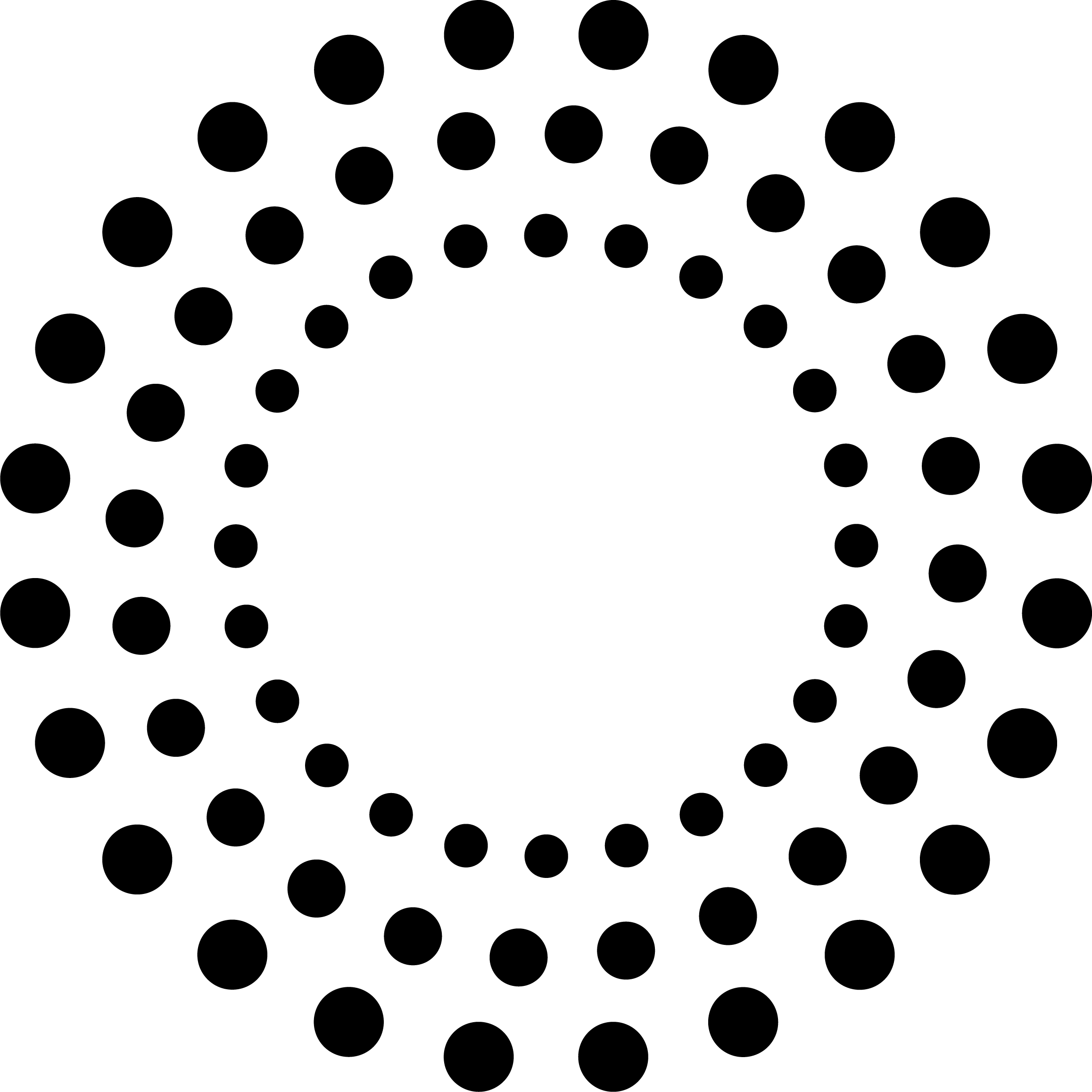



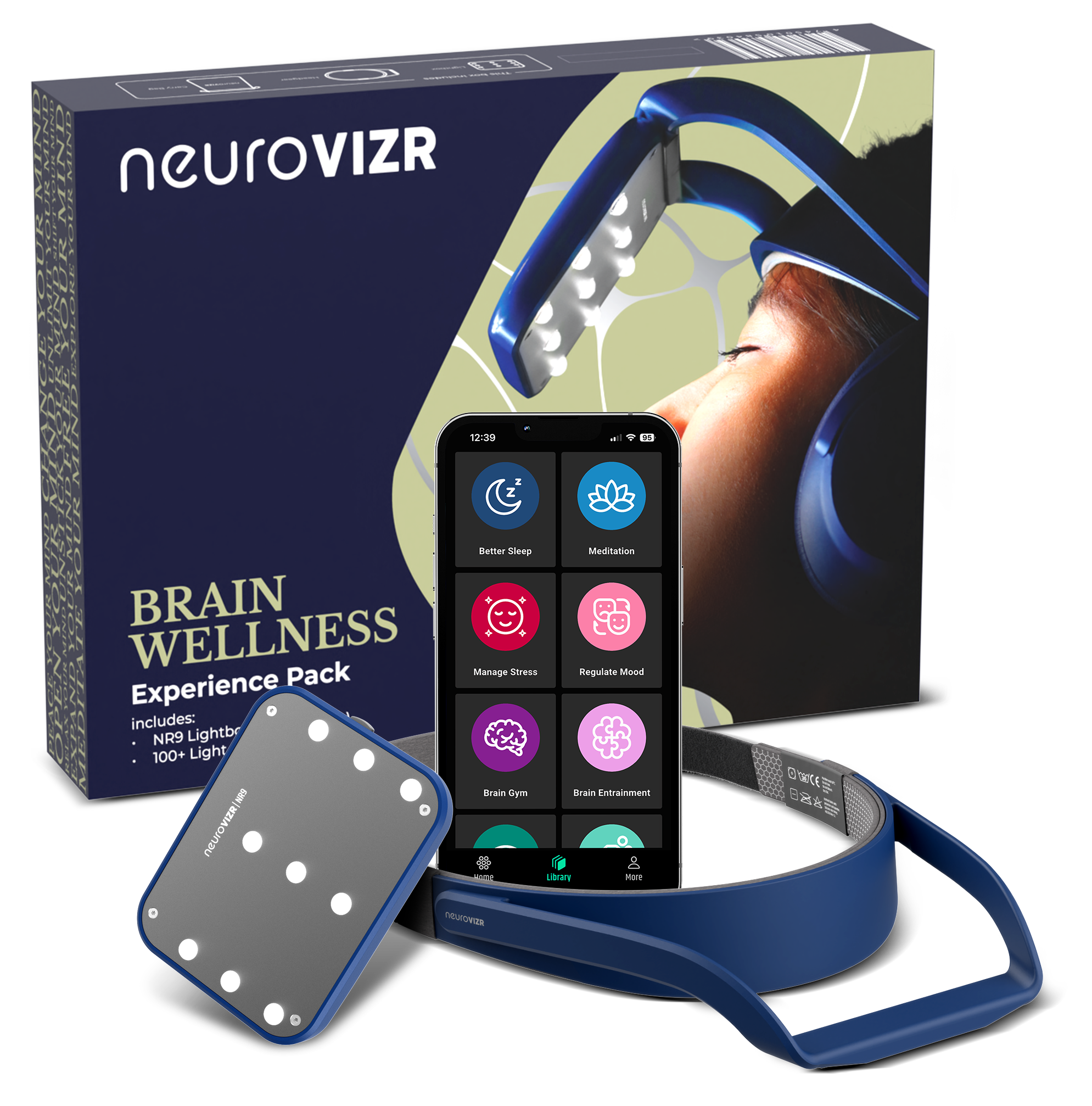

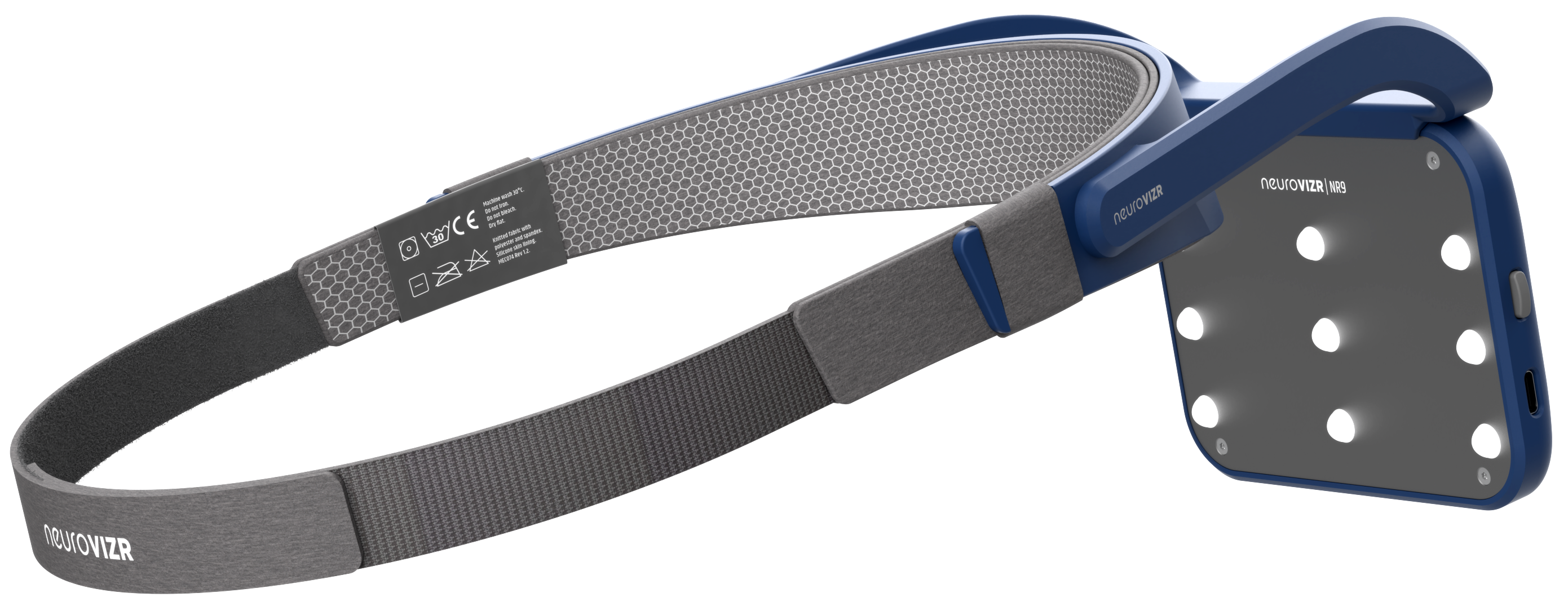
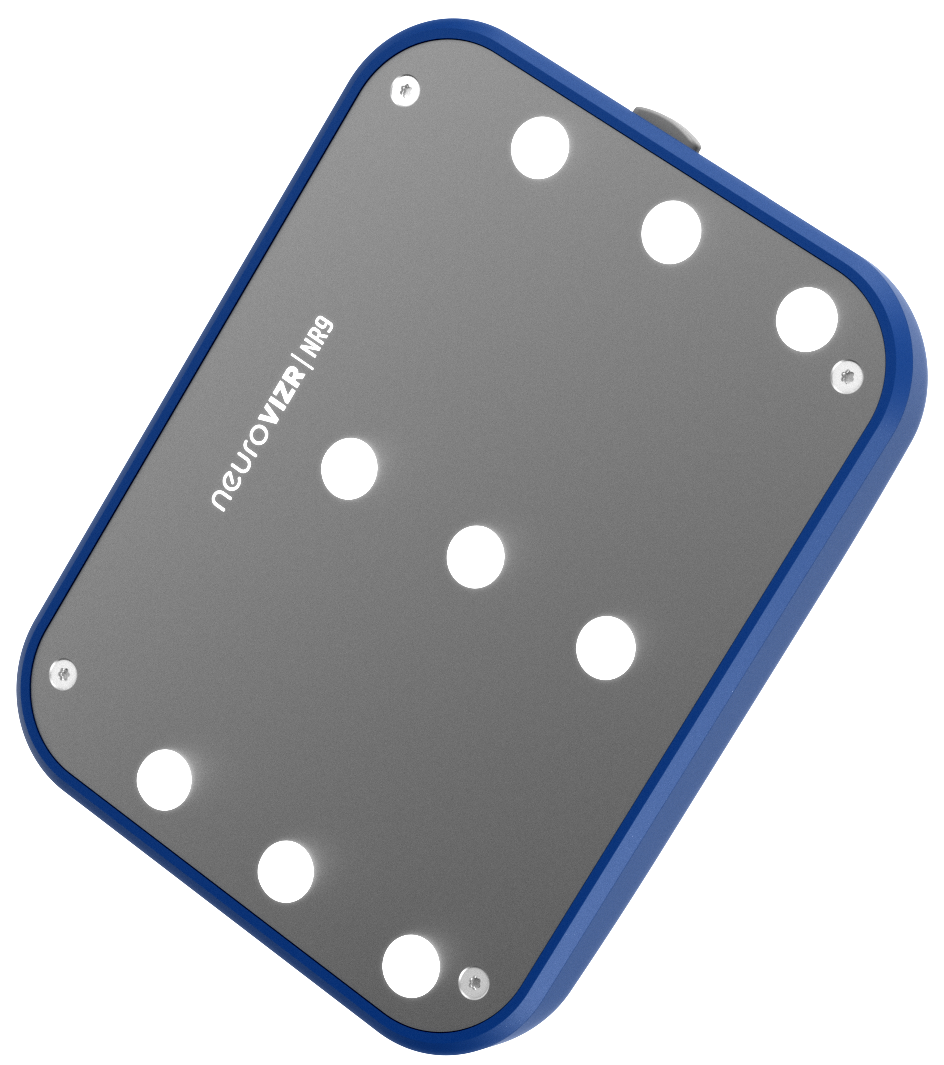
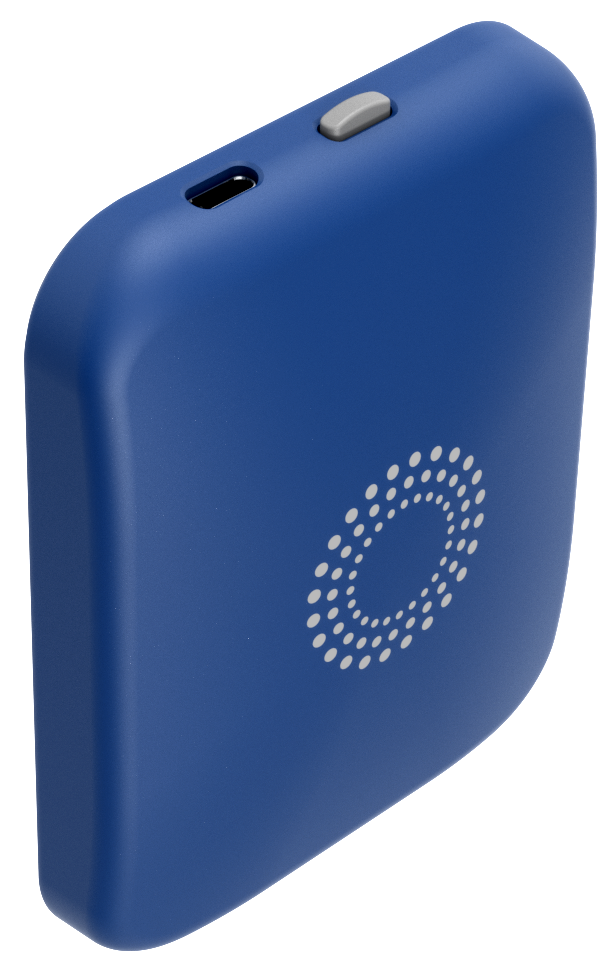
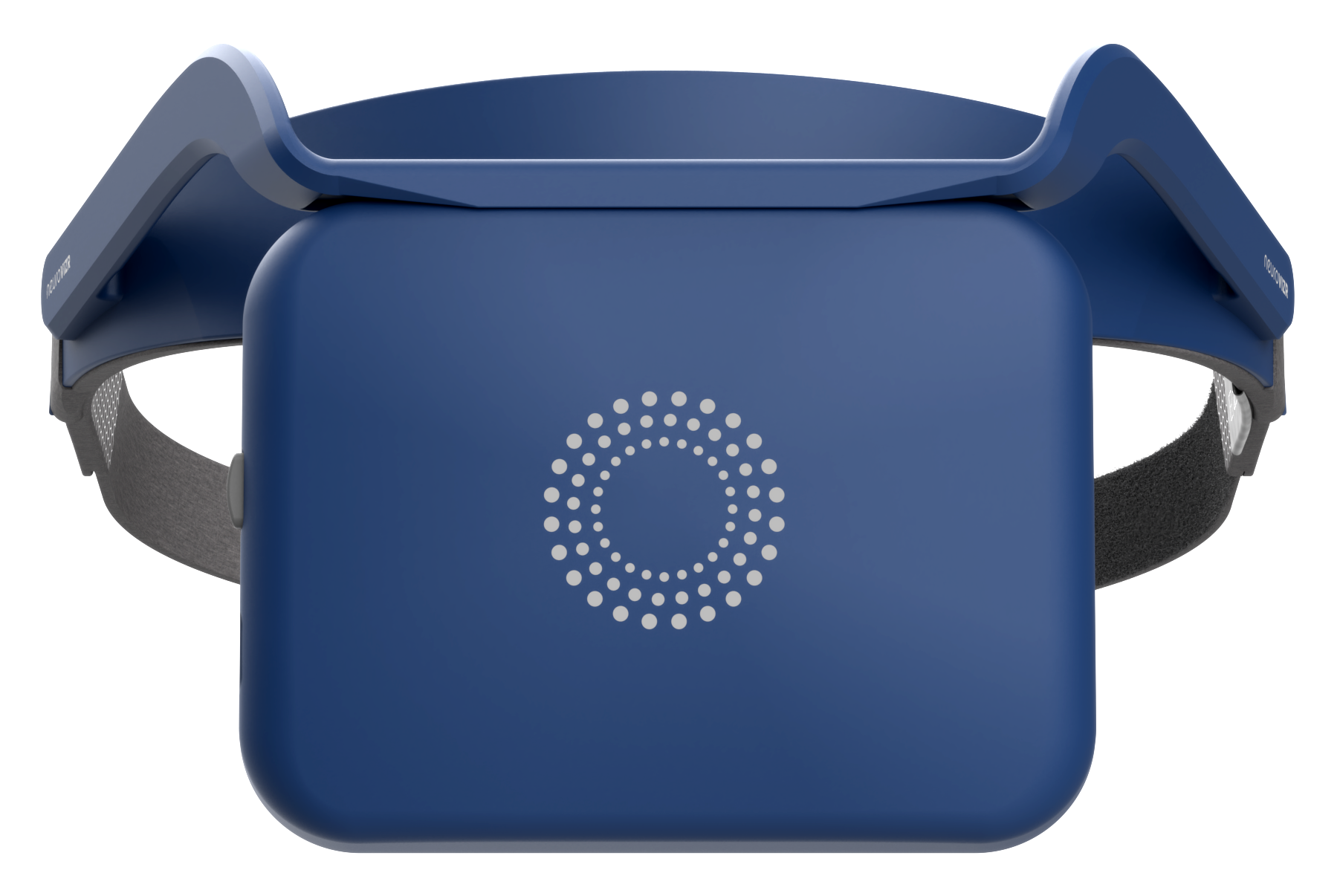
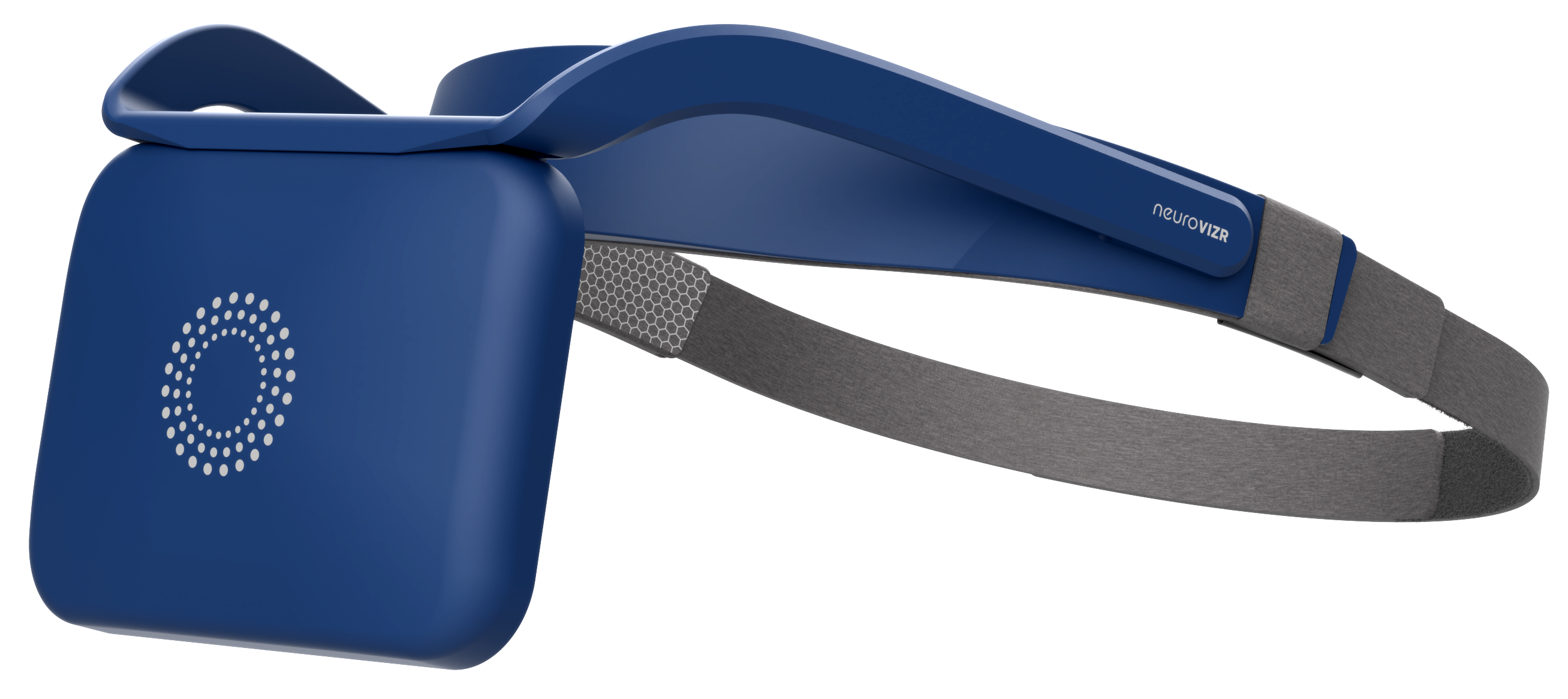
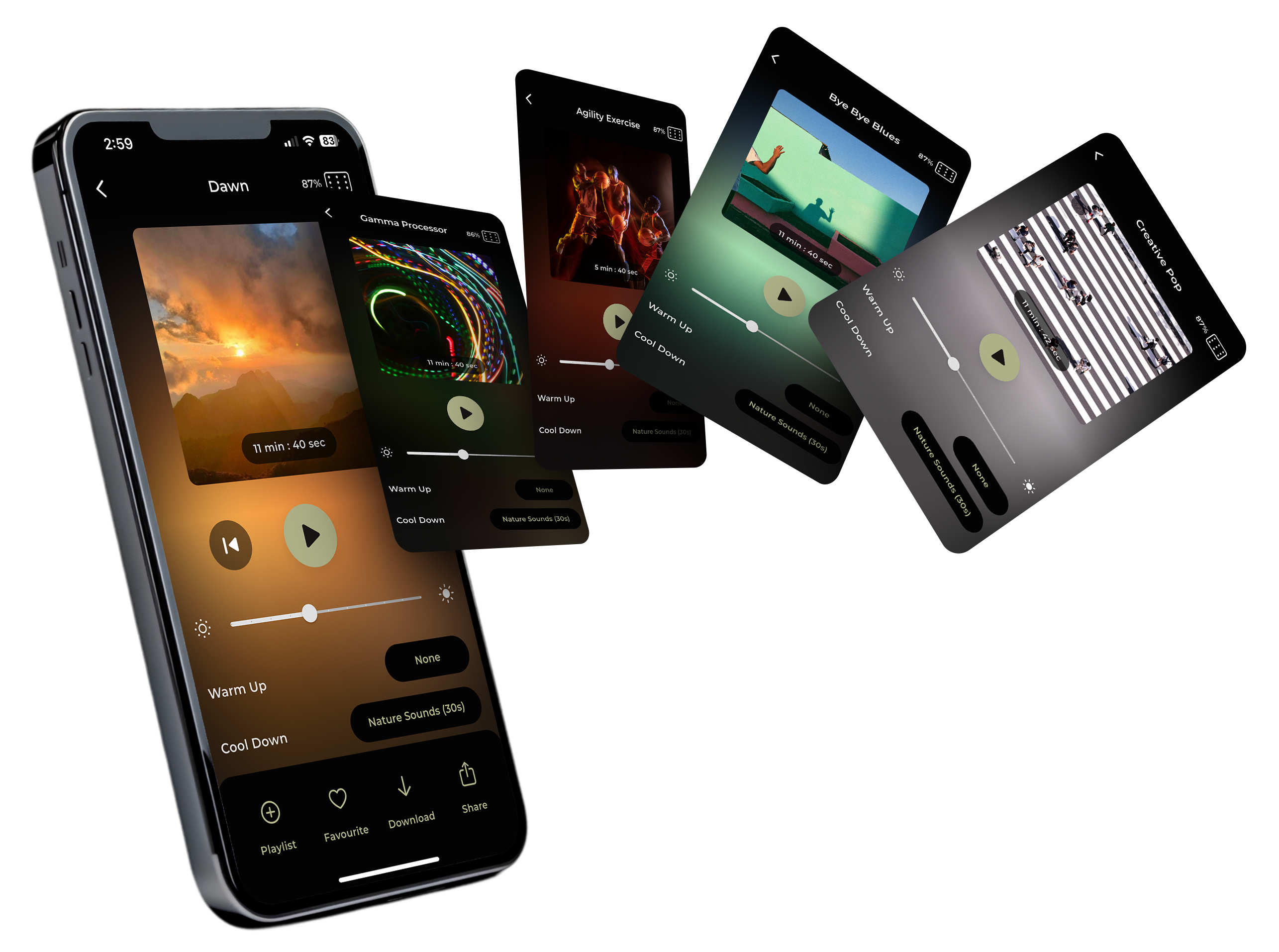
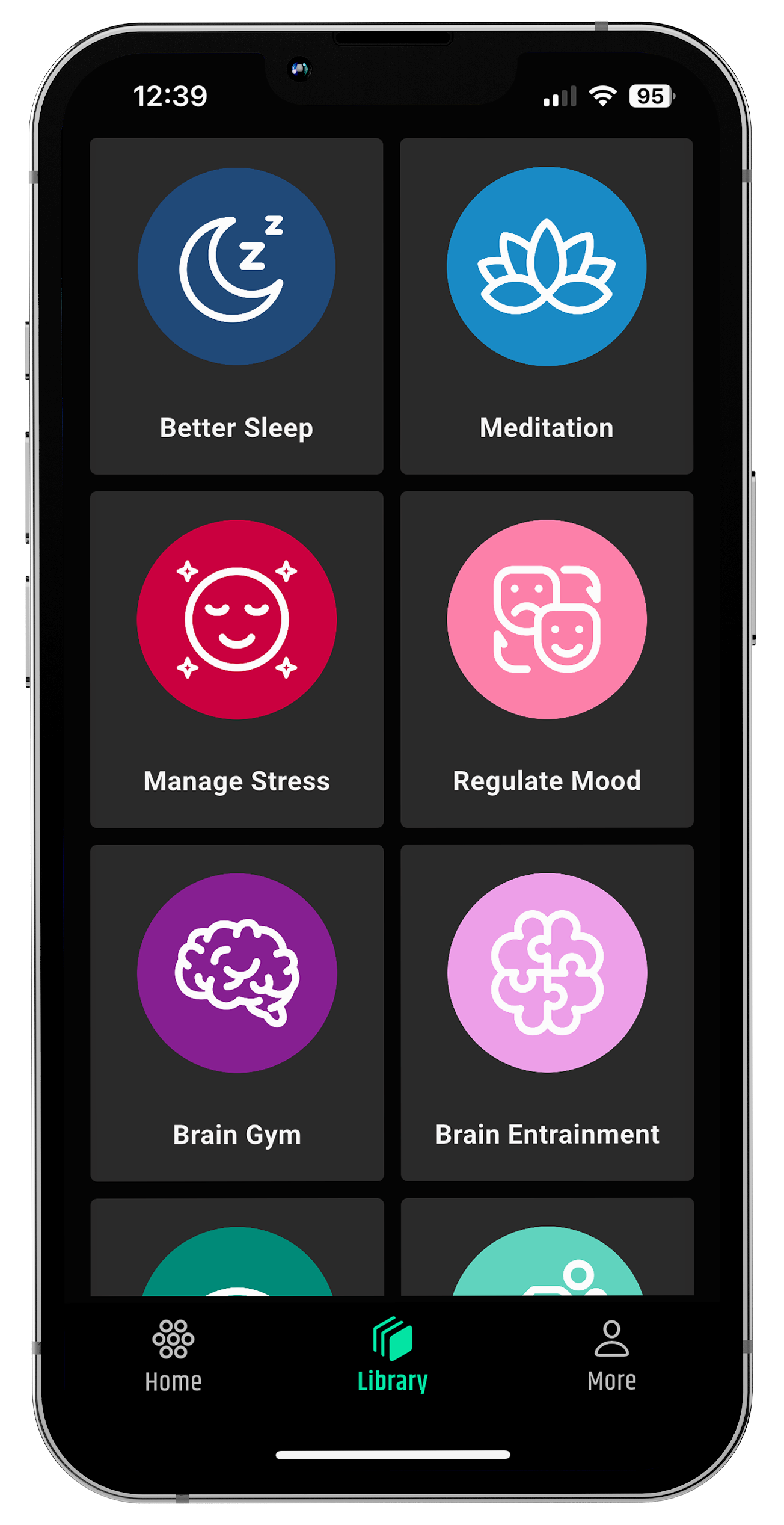

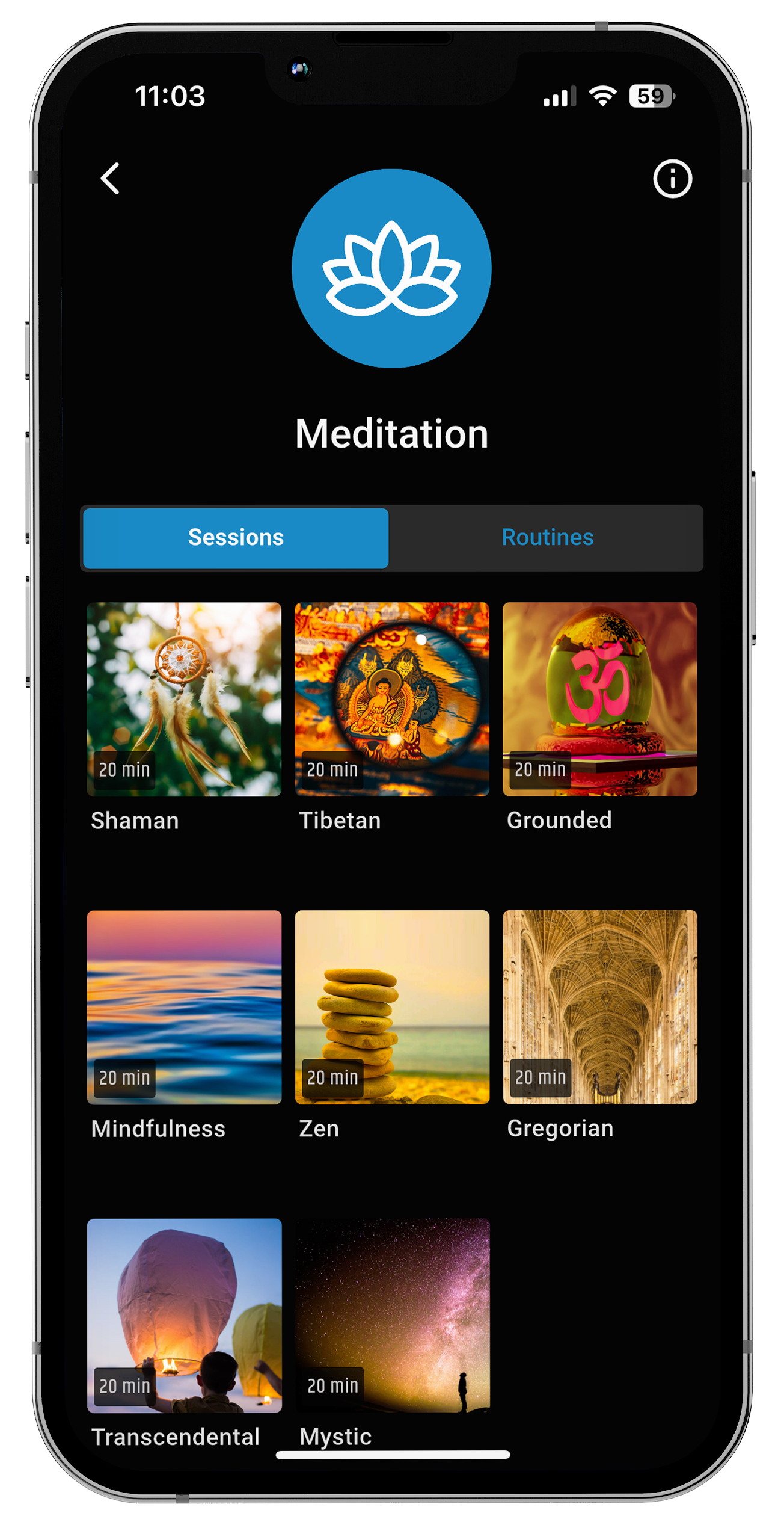
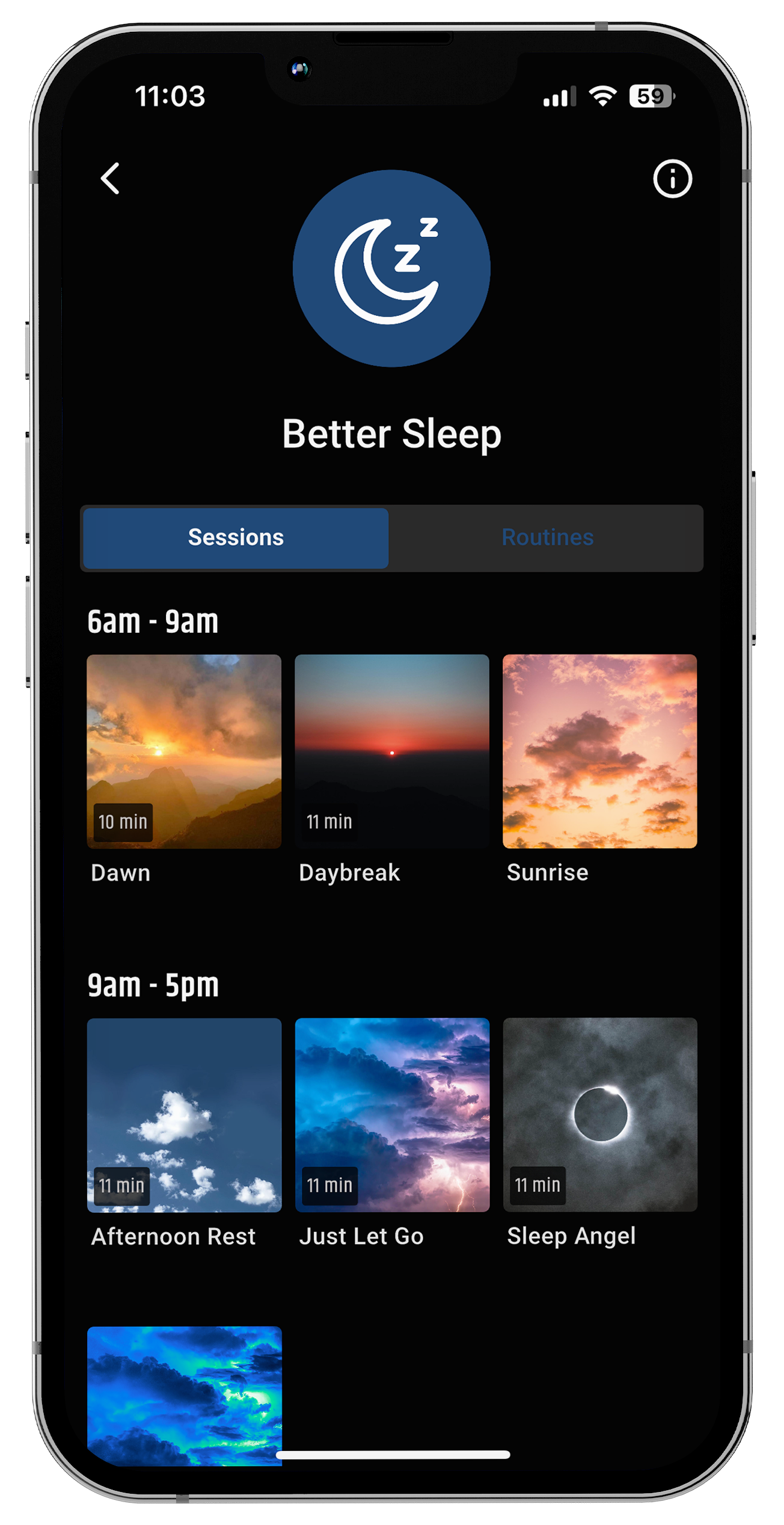

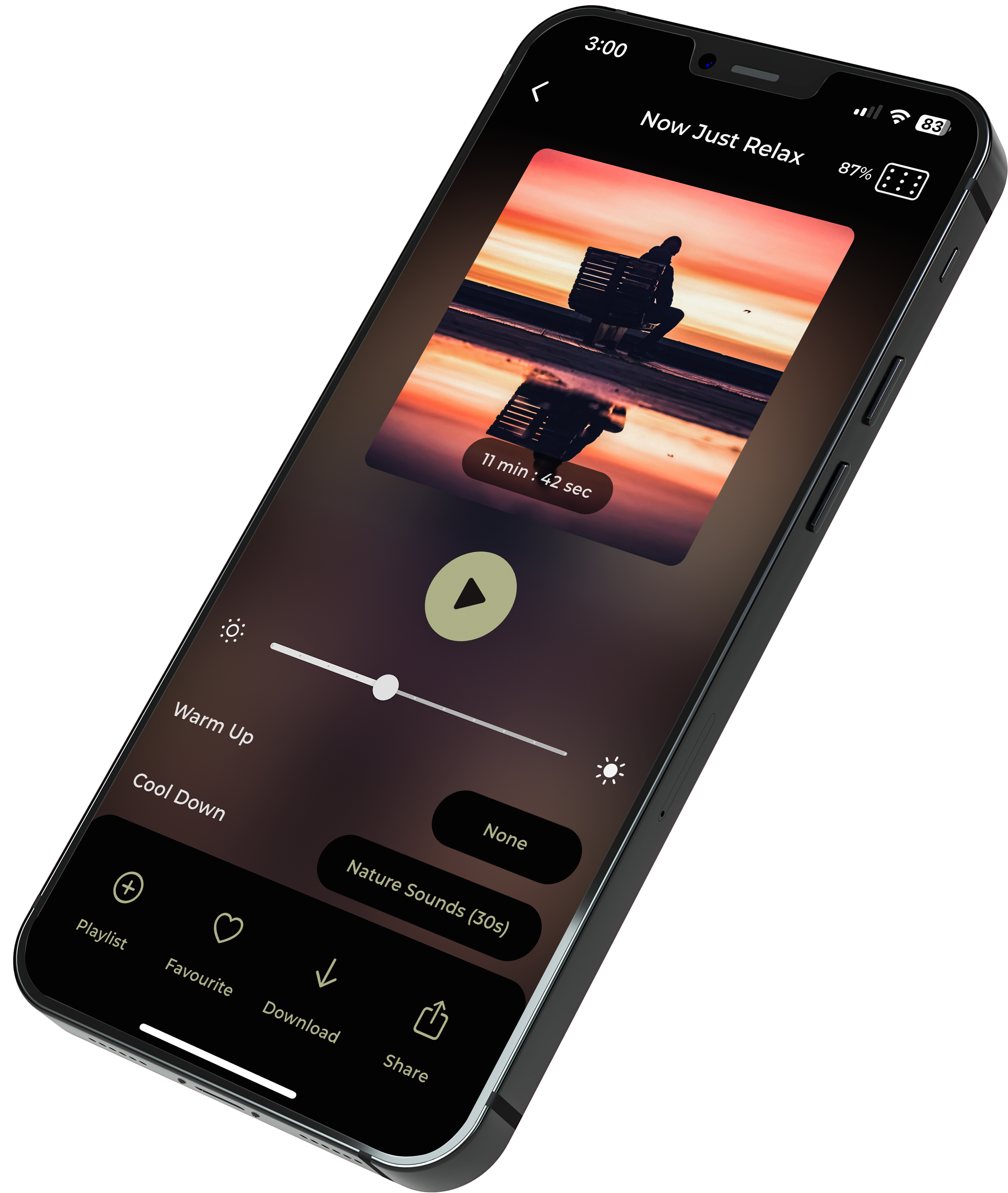


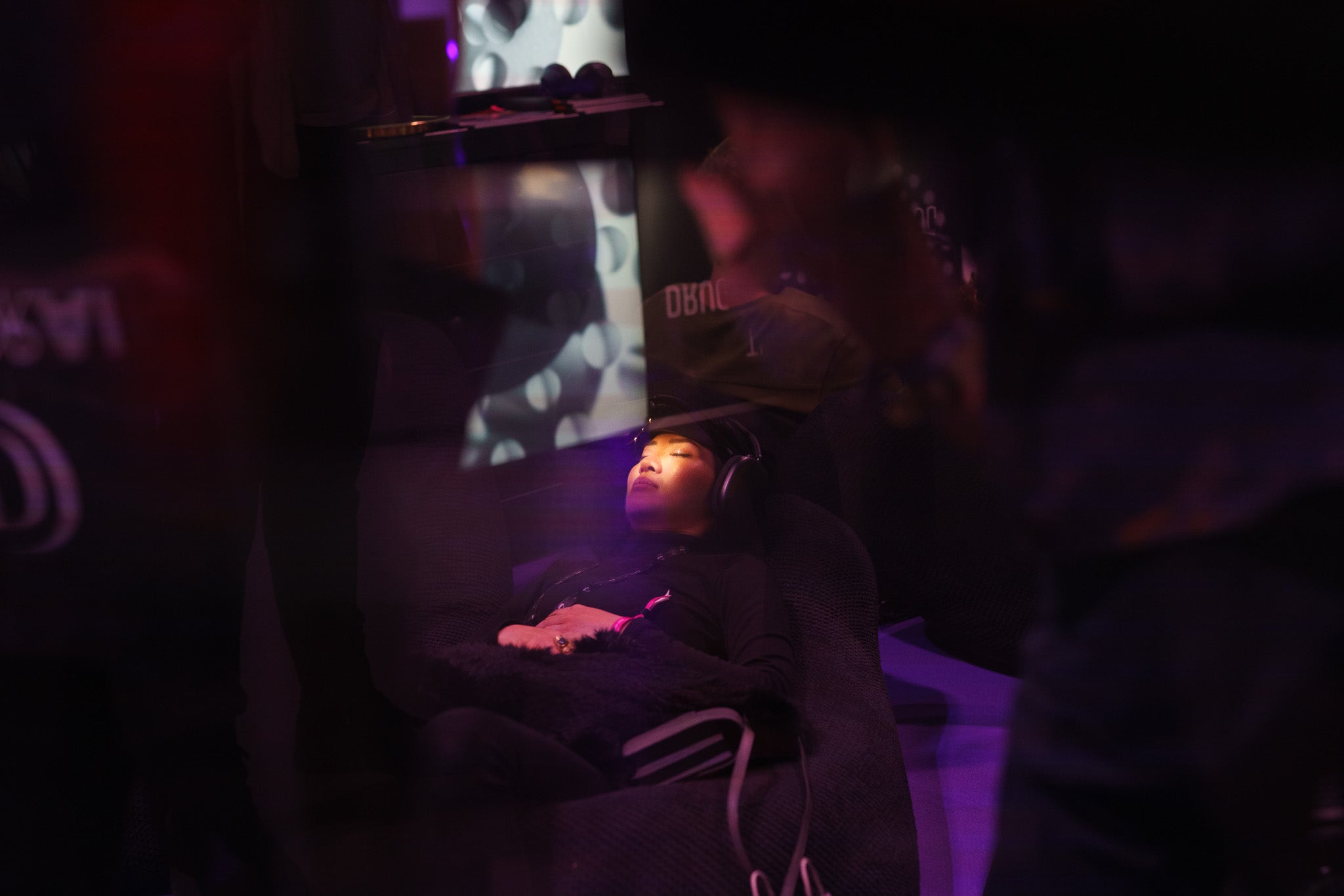




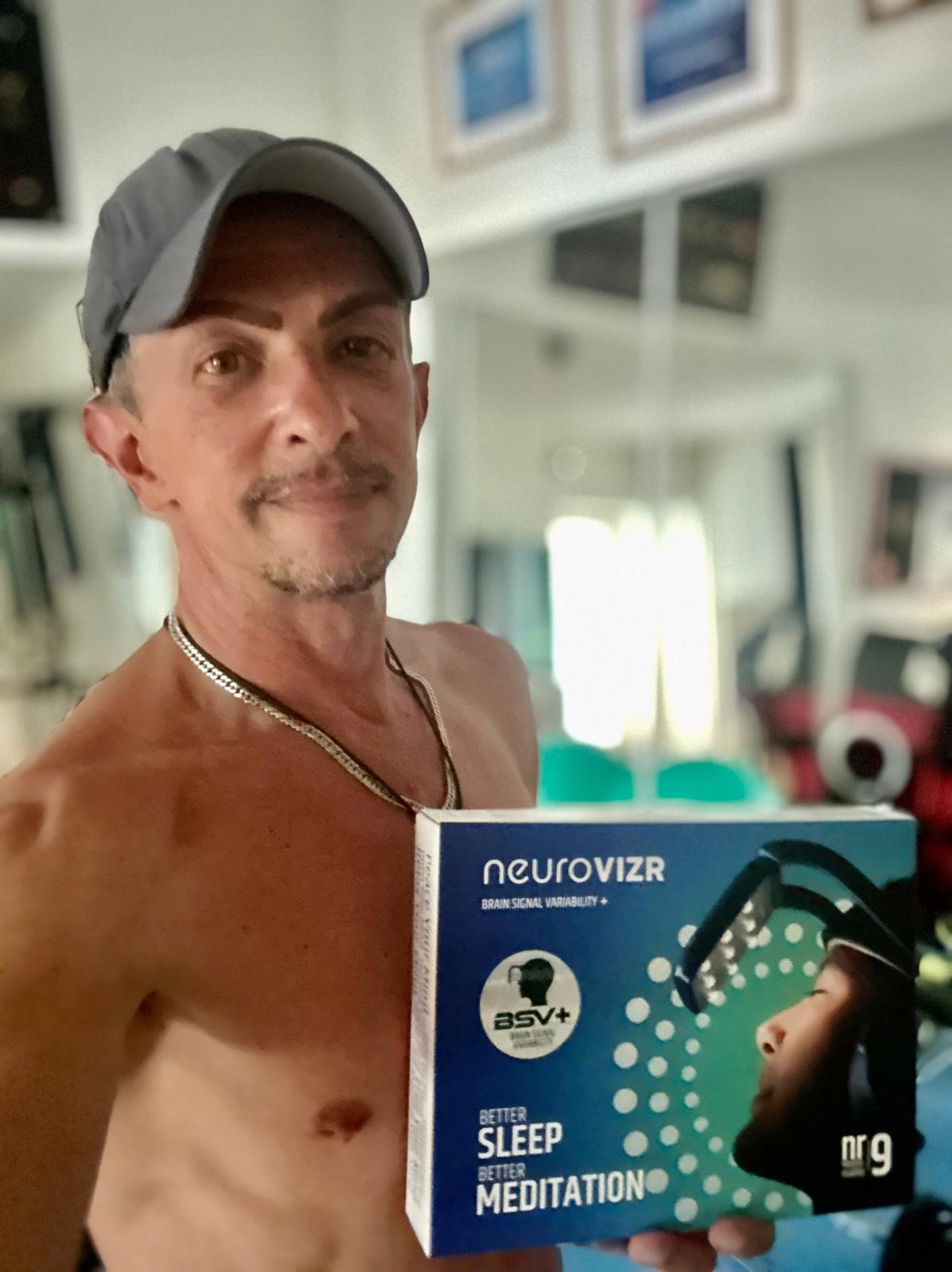
Partager:
Méditation et ondes alpha : une porte d'entrée vers un calme sans effort
Quel est l’effet du bruit blanc sur votre cerveau ?